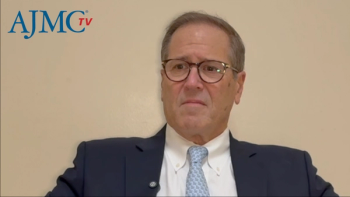
Describing SMA Progression Over Time
Panelists discuss how spinal muscular atrophy (SMA) progresses over time, affecting motor function differently in older patients vs infants, with experts noting the shift from traditional classification (types 1 to 4) to functional categories (nonsitters, sitters, walkers).
Episodes in this series

Clinical Brief: Treatment Approaches for SMA in Older Patients
Main Discussion Topics
- Introduction to SMA and the expert panel of specialists from neurology, pediatrics, and physical therapy
- Discussion of SMA progression over time, particularly focusing on functional decline in motor neurons and muscle function
- Evolution of SMA classification from traditional types (1 to 4) to more functional categories (nonsitters, sitters, walkers) due to treatment advancements
- The importance of SMN2 copy numbers in determining disease severity and potential functional outcomes
Key Points for Physicians
- SMA is now considered a life span disease with an extended adult phase, especially with newer interventions.
- For older patients, treatment goals focus on slowing functional decline rather than achieving developmental milestones.
- SMN2 copy numbers remain important predictors of maximum function, even with disease-modifying therapies.
- Classification has evolved from types 1 to 4 to functional categories (nonsitters, sitters, walkers) that better reflect treatment outcomes.
Notable Insights
The panel emphasized that disease phenotype is determined by inherent disease characteristics and secondary atrophy from disuse, creating a combined progression pattern that affects treatment approaches.
Clinical Significance
Understanding SMA as a life span condition requiring individualized care based on functional status and SMN2 copy numbers is essential for establishing realistic treatment expectations and goals in older patients.
Newsletter
Stay ahead of policy, cost, and value—subscribe to AJMC for expert insights at the intersection of clinical care and health economics.














































